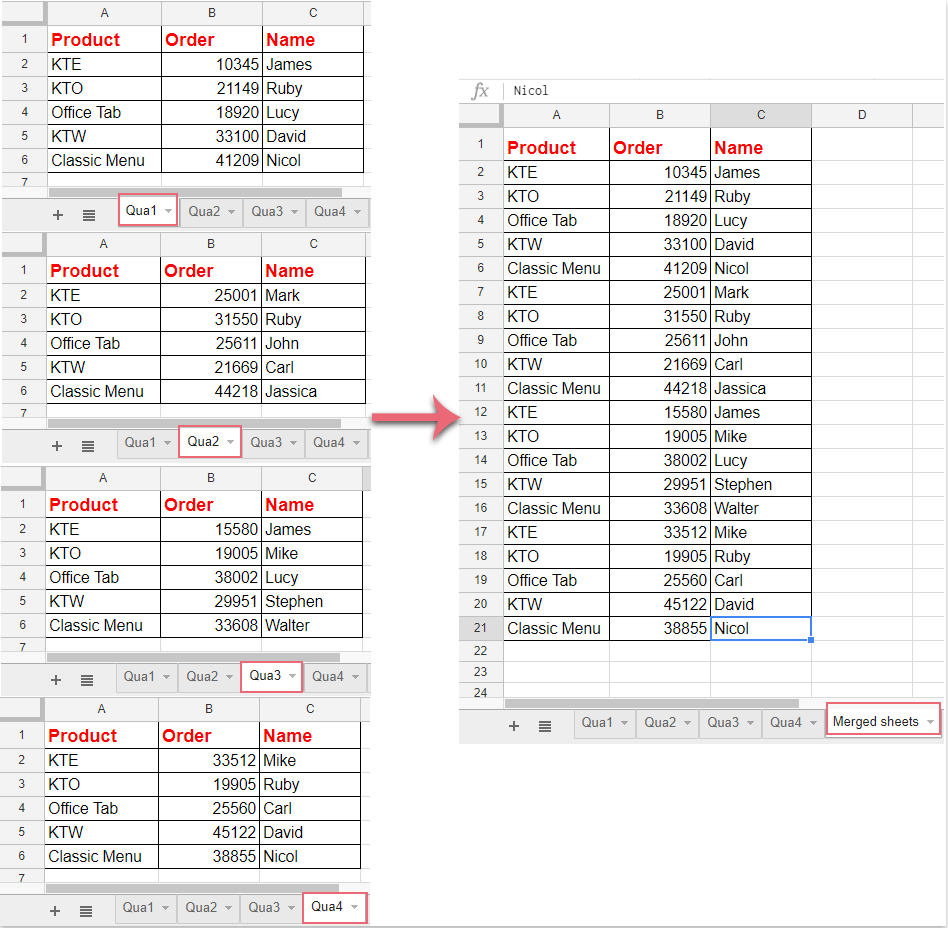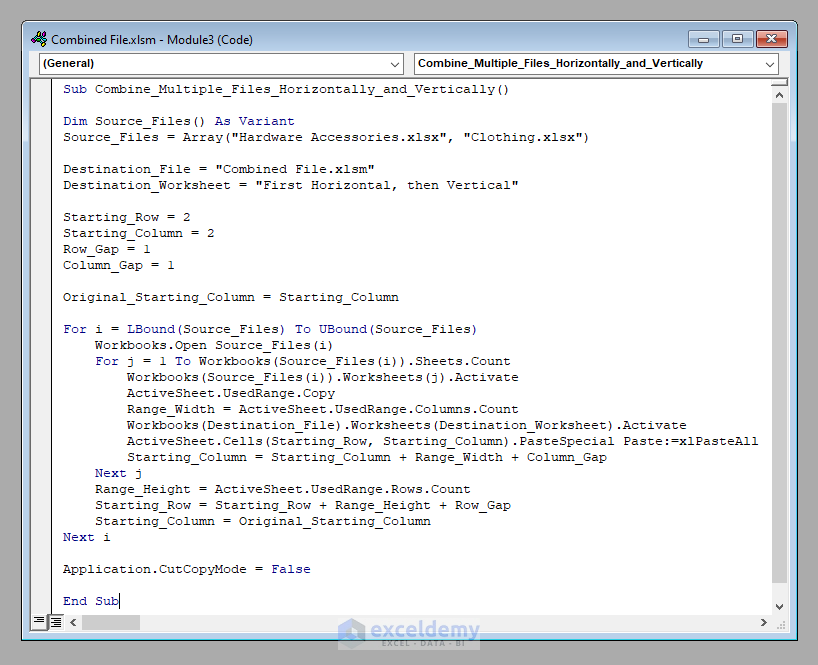Merge Excel Sheets into One Workbook: Easy Guide

If you've ever needed to combine multiple Excel files into a single workbook, you understand how cumbersome this task can seem. However, with the right approach, merging Excel sheets can be straightforward, efficient, and even somewhat automated. Here's a comprehensive guide to help you navigate through this process effortlessly.
Why Merge Excel Sheets?

Before we dive into the methods, let’s explore why merging Excel sheets can be beneficial:
- Data Consolidation: Combine data from different departments or projects for a unified view.
- Analysis: Facilitate easier analysis by bringing all related data into one file.
- Reporting: Create reports that draw data from various sources within your organization.
- Backup: Simplify the backup process by having all essential data in one place.
Preparing for Merge

Before merging, consider these preparatory steps:
- Check for compatible data formats. Ensure all sheets use consistent data types where necessary.
- Organize your data. Clean up any unnecessary blank rows or columns.
- Standardize headers if different sheets have different header names or arrangements.
Methods to Merge Excel Sheets

Using Copy and Paste

This manual method is best for small-scale operations or when you need a quick merge:
- Open the workbook where you want to merge the sheets.
- Open each Excel file from which you want to copy data.
- In each file, select the data you wish to merge, right-click, and choose Copy.
- In the destination workbook, right-click where you want to paste, and choose Paste.
- If you need multiple sheets, repeat the process or use Move or Copy from the context menu.
🔍 Note: This method can be time-consuming for large datasets or multiple sheets.
Power Query

Power Query is a powerful feature in Excel for combining data from various sources:
- Go to Data > Get Data > From File > From Workbook.
- Choose the Excel files you want to merge.
- In the Navigator window, select the sheets to combine.
- Use Append Queries or Merge Queries depending on your needs.
- Choose your columns or parameters to merge or append.
- Click Close & Load to bring the combined data into your Excel workbook.
VBA Scripts

Automation through VBA scripting can save a lot of time for repetitive merging tasks:
Sub MergeSheets() Dim ws As Worksheet Dim masterWB As Workbook Dim sourceWB As Workbook Dim filePath As String, fileName As String Dim i As Integer' Open the master workbook Set masterWB = ThisWorkbook ' Folder path containing source files filePath = "C:\Your\Source\Directory\" ' Get first file name in the directory fileName = Dir(filePath & "*.xls*") ' Loop through all Excel files in the directory While fileName <> "" Set sourceWB = Workbooks.Open(filePath & fileName) For Each ws In sourceWB.Sheets ws.Copy After:=masterWB.Sheets(masterWB.Sheets.Count) Next ws sourceWB.Close False fileName = Dir Wend
End Sub
🛠 Note: Ensure you have backup copies before running VBA scripts to avoid data loss.
Troubleshooting Common Issues

- Conflicting Data Formats: Check for discrepancies in date formats, number formats, or currency symbols.
- Formula Errors: When copying sheets, formulas might break if they reference cells in other workbooks. Use relative references or copy values only.
- File Limitations: Excel has limits on the number of sheets, rows, and columns per workbook. Ensure you are within these limits.
- Performance: Large datasets or numerous merges can slow down Excel. Consider processing in smaller batches.
Optimizing Your Merged Workbook

After merging:
- Check for Duplicates: Use conditional formatting or remove duplicates feature.
- Recalculate Formulas: Update or modify formulas if necessary.
- Organize Sheets: Rename or reorder sheets for better navigation.
- Data Validation: Ensure that merged data adheres to any validation rules set.
💡 Note: Regular maintenance like clearing unnecessary formats or unused cells can optimize performance.
In summary, merging Excel sheets into one workbook can significantly streamline data management tasks, making it easier to analyze, report, and back up your information. Whether you choose manual methods, Power Query, or VBA scripting, understanding your data and the tools available is key to a successful merge. Remember to prepare your files, choose the right method for your scale of operation, and always keep backups. With these steps, merging Excel sheets becomes not just a task, but an efficient part of your workflow.
What happens if my Excel files are too large to merge?

+
For very large datasets, consider using Power Query to load data in chunks or process your files in smaller batches. Alternatively, using external tools like Python with libraries like pandas can handle larger merges more efficiently.
Can I automate merging sheets with different formats?

+
Yes, with VBA scripting or Power Query, you can set up rules to handle format discrepancies. You might need to map these formats or standardize them before merging.
How do I deal with merged cells when copying data?

+
Excel usually handles merged cells well, but if you encounter issues, you can ‘Unmerge’ cells before merging or copy/paste values only to bypass this issue.



